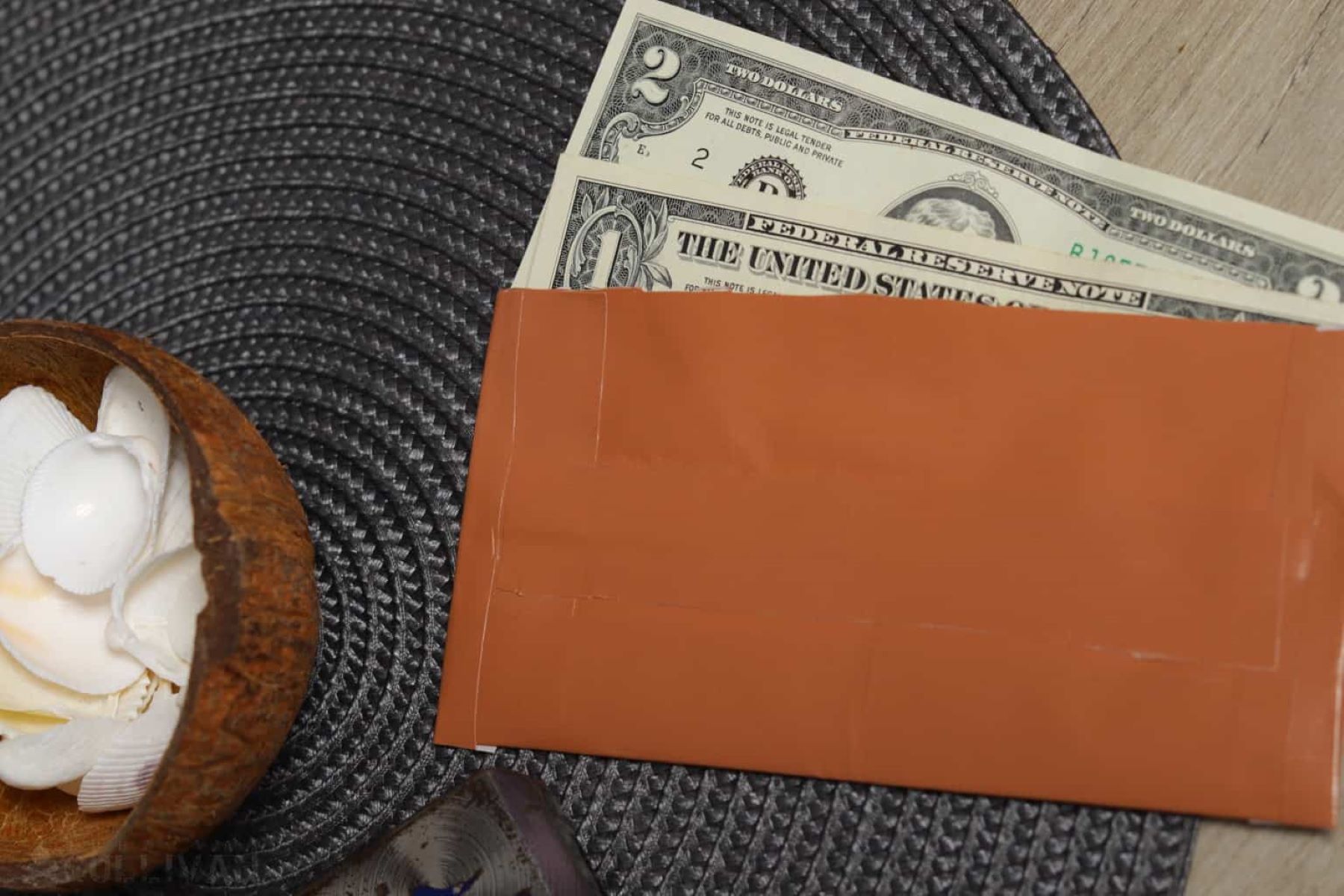

Articles
How To Store Money Without Mold
Modified: January 9, 2024
Learn effective ways to store your money safely and prevent mold growth with these insightful articles. Protect your savings for future use.
(Many of the links in this article redirect to a specific reviewed product. Your purchase of these products through affiliate links helps to generate commission for Storables.com, at no extra cost. Learn more)
Introduction
When it comes to the storage of valuable items, there is one precious commodity that often gets overlooked – money. Whether it’s cash, coins, or even collectible currency, properly storing your money is essential to preserving its value and ensuring its longevity.
However, one of the biggest challenges in storing money is the potential for mold growth. Mold can not only damage the physical appearance of money but can also lead to deterioration and loss of value. Understanding the causes and consequences of mold on money is the first step towards effective storage and preservation.
In this article, we will explore the problem of mold on money and provide practical tips on how to store your money to prevent mold growth. By following these guidelines, you can ensure that your money remains in pristine condition, ready to be used or admired for years to come.
Key Takeaways:
- Preventing mold on money is crucial to maintain its value and prevent health hazards. Choose the right storage method, control humidity, and regularly inspect and clean your storage area to safeguard your currency.
- Proper handling and maintenance of currency are essential to preserve its quality. Avoid excessive touching, store money away from direct sunlight, and seek professional expertise for rare or collectible currency.
Read more: How To Store Money In A Safe Without Mold
Understanding the Problem of Mold on Money
Mold is a type of fungus that thrives in damp and humid environments. It can grow on a wide range of surfaces, including paper, fabric, and even metal. When it comes to money, the organic materials used in the production of currency, such as cotton or linen fibers, provide an ideal food source for mold.
The problem of mold on money typically arises when it is stored in high humidity environments or exposed to moisture. Mold spores can easily land on the surface of money and begin to grow, resulting in unsightly discoloration, musty odors, and potential damage to the structural integrity of the currency.
Mold growth on money is not only aesthetically unappealing but can also have serious consequences. Firstly, mold can weaken the fibers of the currency, rendering it more prone to tearing and disintegration. Secondly, mold can release allergenic spores that can trigger respiratory issues and allergies in individuals who come into contact with the affected currency.
Furthermore, if mold is left unchecked, it can spread to other nearby surfaces, potentially contaminating other belongings or even causing health hazards in the surrounding area. Preventing mold growth on money is therefore crucial for both preserving its value and maintaining a safe and healthy environment.
Why Mold on Money is a Concern
Mold on money may seem like a cosmetic issue at first, but it can have significant implications both economically and health-wise. Here are some reasons why mold on money should be a cause for concern:
Deterioration of Value: Mold can cause irreparable damage to the physical condition of currency. The presence of mold can lead to discoloration, weakening of the currency fibers, and even degradation of the security features like watermarks and holograms. In turn, this can significantly reduce the value of the money, making it less desirable to collectors, and even impacting its usability in everyday transactions.
Health Hazards: Mold growth on money can release spores that are known allergens and can cause respiratory issues in individuals. Handling or being in close proximity to moldy money can trigger allergic reactions, such as sneezing, coughing, and respiratory distress. For individuals with respiratory conditions or compromised immune systems, exposure to mold spores can be particularly dangerous.
Spread of Contamination: Mold doesn’t stay confined to a single object or area. If moldy money is stored or mixed with other notes, there is a risk of the mold spreading to surrounding bills, wallets, or storage containers. This can result in a larger-scale contamination problem, making it more difficult to salvage any unaffected money.
Legal and Business Implications: Moldy money may not be accepted by banks, stores, or financial institutions. The presence of mold can raise concerns about the authenticity and integrity of the currency. Businesses may refuse to accept moldy money, which can lead to inconvenience and potential financial loss for individuals if they are unable to exchange or use the affected currency.
Hygiene and Aesthetics: Mold-covered money is unappealing both visually and in terms of hygiene. Mold growth can make money appear dirty, discolored, and unsightly. Handling or using moldy money can leave stains on hands and objects, giving an unprofessional impression in business transactions.
Considering these factors, it is evident that mold on money should not be taken lightly. By actively preventing mold growth and ensuring proper storage of money, we can protect its value, maintain a healthy environment, and prevent any associated complications.
Tips for Properly Storing Money to Prevent Mold
Preventing mold growth on money starts with proper storage techniques. By following these tips, you can significantly reduce the risk of mold and preserve the condition of your currency:
- Choose the Right Storage Location: Find a cool, dry, and well-ventilated area to store your money. Avoid places that are susceptible to high humidity, such as basements, attics, or bathrooms. Look for a location with stable temperature and humidity levels to minimize the chances of mold growth.
- Use Protective Containers: Invest in proper storage containers designed for preserving currency. Look for containers made of materials like acid-free paper, plastic, or archival-quality coin holders. These containers provide a barrier against environmental factors, including moisture and mold spores.
- Organize and Separate Currency: If you have a collection of currency, it’s essential to organize and separate the bills. This helps reduce the risk of mold spreading from one bill to another. Consider using dividers or envelopes to keep different denominations or types of money separate within your storage container.
- Avoid Sealed Plastic Bags: While plastic bags may seem like a convenient storage option, they can actually trap moisture and create a humid environment that promotes mold growth. Instead, choose breathable storage solutions that allow air circulation to help prevent moisture buildup.
- Include Desiccants: Desiccants, such as silica gel packets or moisture-absorbing products, can be placed inside your storage container to help absorb any excess moisture. Be sure to check and replace desiccants regularly to maintain their effectiveness.
- Keep Storage Area Clean: Regularly clean and dust the storage area to remove any potential mold spores. Pay special attention to any nooks or crevices where mold can hide. Use a vacuum cleaner with a HEPA filter to minimize the spread of dust and spores.
- Monitor Temperature and Humidity: Use a hygrometer to keep track of the temperature and humidity levels in the storage area. Aim for a relative humidity level of around 40-50% to create an environment that is inhospitable for mold growth. Consider using a dehumidifier if necessary.
- Inspect Currency Regularly: Periodically inspect your money for any signs of mold or moisture damage. If you notice any discoloration, musty odors, or suspicious spots on the bills, take immediate action to address the issue and prevent further damage.
By incorporating these storage tips into your routine, you can minimize the risk of mold growth and ensure that your money remains in pristine condition for years to come.
Choosing the Right Storage Method
When it comes to storing money, selecting the appropriate storage method is crucial for preventing mold growth and preserving the value of your currency. Here are some considerations to keep in mind when choosing the right storage method:
- Avoid Non-Breathable Materials: Opt for storage solutions made from breathable materials. Non-breathable containers, such as plastic bags or airtight boxes, can trap moisture and create a humid environment that promotes mold growth. Choose containers made of acid-free paper, fabric, or archival-quality coin holders, as these materials allow air circulation and help prevent moisture buildup.
- Consider Individual Currency Sleeves: Individual currency sleeves, made of acid-free materials, can be an excellent option for storing individual bills. These sleeves protect the money from contaminants, dust, and moisture, reducing the risk of mold growth. They also provide an added layer of protection against physical damage, such as tearing or bending.
- Utilize Coin Holders: If you have coins in your collection, consider using coin holders specifically designed to protect them. Coin holders come in various sizes and materials, such as Mylar or PVC-free plastic, and can effectively shield your coins from moisture and pollutants, including mold spores.
- Scale Up to Storage Albums or Binders: For larger collections or bills of significant value, consider using storage albums or binders specifically designed for currency storage. These albums usually come with acid-free pages or sleeves that provide protection and allow easy organization of your money. Make sure the album or binder is stored in a cool and dry environment to avoid any moisture-related issues.
- Bank-Safe Deposit Boxes: If you have a substantial amount of valuable money or collectible currency, consider renting a bank-safe deposit box. These boxes are housed in highly secure and controlled environments that are typically designed to protect against theft, fire, and water damage. However, it’s essential to ensure that the chosen bank has appropriate climate control measures in place to prevent mold growth.
- Archive-Quality Envelopes or Storage Boxes: Archive-quality envelopes or storage boxes can be a good option for storing larger quantities of money. These envelopes or boxes are usually made of acid-free materials and provide an added layer of protection against external elements. Ensure that the envelopes or boxes are properly sealed and stored in a dry and ventilated location to avoid moisture accumulation.
- Consider Display Cases or Frames: If you have collectible currency that you want to showcase, consider using display cases or frames specifically designed for currency presentation. These cases or frames often come with protective enclosures that shield the money from dust, humidity, and UV radiation, helping to maintain the quality and value of the displayed currency.
Remember, the right storage method will depend on the type of money you have and the size of your collection. Carefully consider the unique needs of your currency and choose the storage solution that best suits your requirements while ensuring mold prevention and preservation of value.
Store money in a cool, dry place with good air circulation to prevent mold growth. Consider using airtight containers or silica gel packets to absorb moisture. Check the storage area regularly for any signs of mold.
Read more: How To Store Money Without A Bank
Avoiding Moisture and Humidity
Moisture and humidity are two primary factors that promote mold growth. To effectively prevent mold on money, it is crucial to minimize exposure to moisture and maintain a dry environment. Here are some tips to help you avoid moisture and humidity:
- Control Indoor Humidity: Maintain a relative humidity level in your home or storage area of around 40-50%. Use a hygrometer to monitor humidity levels and consider using a dehumidifier if the humidity is consistently high. Proper ventilation, such as using fans or opening windows, can also help regulate moisture levels.
- Keep Storage Area Dry: Ensure that the area where you store your money is dry and free from any water leaks or dampness. If necessary, use a moisture meter to check for any hidden sources of moisture, such as wall condensation or leaking pipes. Address any issues promptly to prevent mold growth.
- Avoid Basement and Attic Storage: Basements and attics are more prone to moisture issues due to their proximity to the ground or exposure to extreme temperatures. It is best to avoid storing money in these areas unless they are properly sealed, insulated, and equipped with dehumidifiers or moisture control systems.
- Protect from Water and Liquids: Ensure that your money is stored in a location where it is protected from potential water damage. Keep money away from areas where leaks can occur, such as near windows, pipes, or sinks. Also, be cautious when handling money with wet hands to prevent transferring moisture onto the bills.
- Store Money Away from Heat Sources: Avoid storing money near heat sources like radiators or heaters, as these can increase the temperature and promote moisture accumulation. High temperatures coupled with humidity can create an environment conducive to mold growth.
- Avoid Extreme Temperature Changes: Rapid changes in temperature can lead to condensation, which can contribute to moisture buildup. Avoid storing money in areas where there are frequent fluctuations in temperature, such as near doors or windows. Be mindful of the storage environment’s temperature stability to mitigate the risk of mold growth.
- Use Moisture Absorbers: Consider using moisture-absorbing products, such as silica gel packets or desiccants, to help control humidity levels within your storage containers. These can absorb excess moisture and help maintain a dry environment for your money.
- Regularly Inspect for Signs of Moisture: Periodically check your storage area and money for any signs of moisture, such as dampness, condensation, or water stains. If you notice any moisture-related issues, investigate and rectify the source of the problem promptly to prevent mold growth.
By taking proactive measures to avoid moisture and humidity, you can significantly reduce the risk of mold growth and maintain the integrity of your money. Remember, a dry storage environment is key to preventing mold and preserving the value of your currency.
Utilizing Dehumidifiers and Desiccants
To further safeguard your money from mold growth, utilizing dehumidifiers and desiccants can be incredibly beneficial. These tools help control moisture levels and create a dry environment that inhibits mold formation. Here’s how you can effectively utilize dehumidifiers and desiccants:
- Dehumidifiers: Dehumidifiers are electrical devices designed to reduce humidity levels in enclosed spaces. Place a dehumidifier in the area where you store your money to maintain optimal humidity levels. Choose a dehumidifier suitable for the size of the storage area and ensure it has a built-in humidistat or a programmable humidity control feature.
- Positioning the Dehumidifier: Proper placement of the dehumidifier is crucial for effective moisture control. Position it in the center of the storage area, away from walls or any obstructions that may impede airflow. Make sure it is not blocked by items or currency, as this can hinder proper air circulation.
- Regular Maintenance: Maintain the dehumidifier by regularly cleaning the filter according to the manufacturer’s instructions. Clean filters allow for better airflow and more efficient moisture removal. It is also important to empty the water reservoir or drain the dehumidifier regularly to prevent any potential leaks or overflowing.
- Desiccants: Desiccants are substances that absorb moisture from the air and help maintain a dry environment. Silica gel packets, activated charcoal, or calcium chloride are commonly used desiccants. Place desiccant packets inside your storage containers or money sleeves to help absorb any excess moisture and prevent mold growth.
- Replacing Desiccants: Desiccants have a limited lifespan and eventually become saturated with moisture. It is important to replace them periodically to ensure maximum effectiveness. Follow the manufacturer’s guidelines on replacement intervals or check the desiccants regularly for signs of saturation (such as color change) and replace them as needed.
- Proper Desiccant Placement: When using desiccants, make sure they are in close proximity to the stored money to maximize their moisture-absorbing capabilities. Place desiccant packets at the bottom of storage containers or sleeves, ensuring they do not come into direct contact with the currency.
- Consider Moisture-Controlled Storage Cabinets: In situations where you have a substantial collection or high-value currency, consider investing in a moisture-controlled storage cabinet. These cabinets utilize a combination of dehumidifiers and desiccants to maintain optimal humidity levels and provide an added layer of protection against mold growth.
By utilizing dehumidifiers and incorporating desiccants into your money storage routine, you can effectively control moisture levels and create a mold-resistant environment. These measures help to preserve the condition and value of your money for years to come.
Cleaning and Maintaining Currency
To ensure the longevity and appearance of your currency, regular cleaning and proper maintenance practices are essential. Here are some tips for cleaning and maintaining your money:
- Handle Money with Clean Hands: Always handle currency with clean hands to prevent transferring dirt, oils, or other contaminants onto the bills. Wash your hands thoroughly before and after handling money to maintain its cleanliness.
- Avoid Excessive Touching: Minimize unnecessary handling of the currency to prevent wear and tear. Excessive touching can lead to the transfer of natural oils, moisture, and dirt onto the bills, which can attract mold and reduce the quality of the currency.
- Use Soft, Dry Cloth: When it’s necessary to clean the surface of a bill, use a soft, lint-free cloth to gently wipe the area. Do not use any cleaning solutions or liquids, as they can damage the currency and potentially promote mold growth.
- Preserve Bank Straps and Wrappers: Bank straps and wrappers are originally designed to protect a stack of bills during transportation or storage. It is best to leave the money wrapped in the original bank straps or wrappers, as they provide an additional layer of protection against dust, dirt, and physical damage.
- Avoid Exposure to Direct Sunlight: Prolonged exposure to direct sunlight can cause fading and discoloration of currency. Store your money in a dimly lit area away from windows or use ultraviolet (UV) filtering protective sleeves or display cases to shield it from harmful UV rays.
- Store Coins and Bills Separately: Prevent the risk of damage or scratches caused by friction between coins and bills by storing them separately. Coins can cause abrasion or leave indentations on the currency if stored together, compromising the integrity and appearance of the bills.
- Do Not Attempt Home Remedies: It’s important to note that using home remedies, such as cleaning solutions, bleach, or chemicals, on currency is highly discouraged. These substances can damage the bill’s texture, security features, and overall appearance, potentially resulting in loss of value.
- Keep an Eye Out for Counterfeit Currency: Regularly inspect your money for signs of counterfeit bills. Familiarize yourself with the security features of the specific currency you have and use counterfeit detection pens or UV lights to verify authenticity. Counterfeit bills can pose a risk to your finances and may not be accepted in transactions.
- Rotate and Refresh Displayed Currency: If you have a displayed collection of currency, periodically rotate the bills to avoid prolonged exposure to light and reduce the risk of fading. Refresh the display by replacing older bills with new ones to maintain the overall aesthetic appeal.
- Seek Professional Expertise: If you possess rare, collectible currency, or suspect that your money requires specialized cleaning or restoration, it is advisable to consult a professional currency conservation specialist or numismatist. These experts can provide guidance on proper cleaning and preservation techniques specific to your currency.
By following these cleaning and maintenance tips, you can ensure that your money remains in excellent condition, free from contaminants, and ready for future use or display.
Conclusion
Properly storing and maintaining your money is crucial for preserving its value and protecting it from the damaging effects of mold growth. Mold on money not only devalues the currency but can also pose health risks and compromise its usability. By implementing the tips and techniques outlined in this article, you can significantly reduce the risk of mold and ensure the longevity of your currency.
First and foremost, it is essential to choose the right storage method for your money. Select containers made of breathable materials, such as acid-free paper or archival-quality coin holders, and organize your currency to prevent mold from spreading. Avoid storing money in areas prone to moisture, such as basements, and regularly inspect and clean your storage area to remove any potential sources of mold.
Avoiding moisture and humidity is paramount in preventing mold growth on money. Control indoor humidity levels with the help of dehumidifiers, monitor temperature fluctuations, and use desiccants to absorb excess moisture. Keep your money away from water sources and handle it with clean hands to minimize oil and dirt transfer.
Regular cleaning and maintenance of your currency play a crucial role in preserving its quality. However, it is important to exercise caution and avoid using cleaning solutions or home remedies that can damage the bills. Store coins separately and be mindful of the exposure of your money to sunlight and counterfeit risks.
In conclusion, by understanding the problem of mold on money and implementing the proper storage and maintenance techniques outlined in this article, you can protect your currency from mold growth, prevent degradation, and preserve its value. With the right care, your money will remain in pristine condition, ready to be used, collected, or admired for years to come.
Frequently Asked Questions about How To Store Money Without Mold
Was this page helpful?
At Storables.com, we guarantee accurate and reliable information. Our content, validated by Expert Board Contributors, is crafted following stringent Editorial Policies. We're committed to providing you with well-researched, expert-backed insights for all your informational needs.
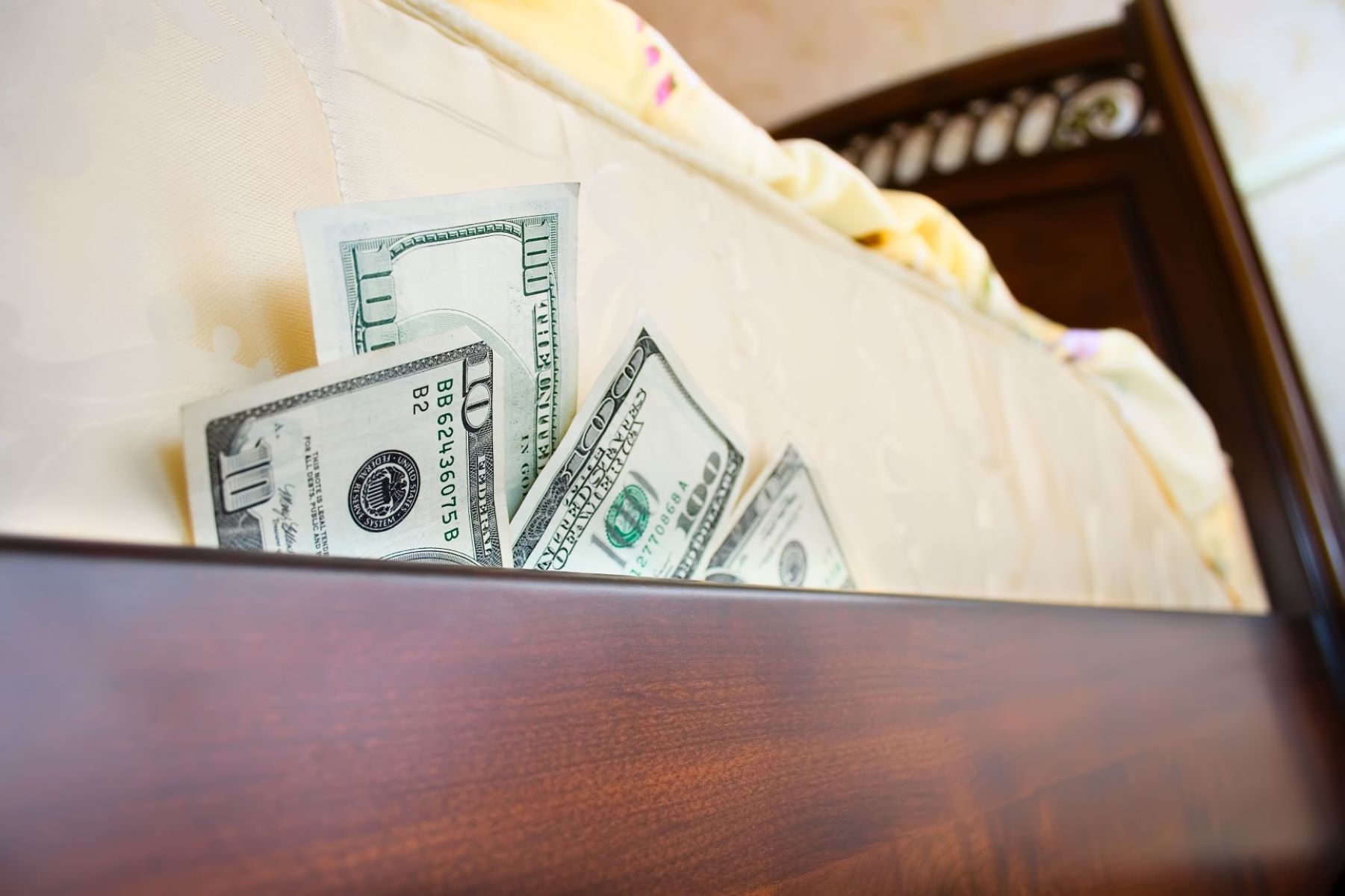
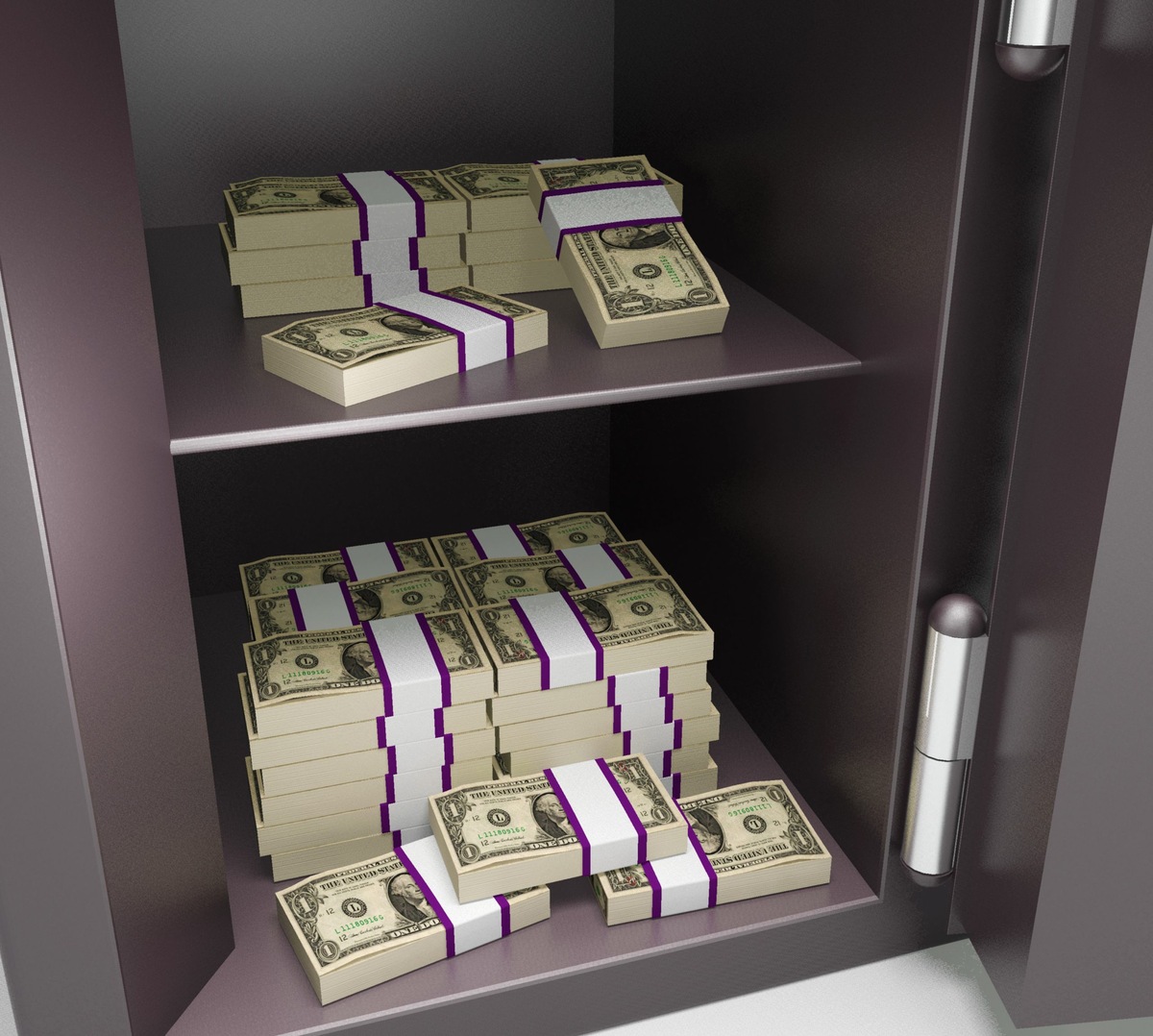
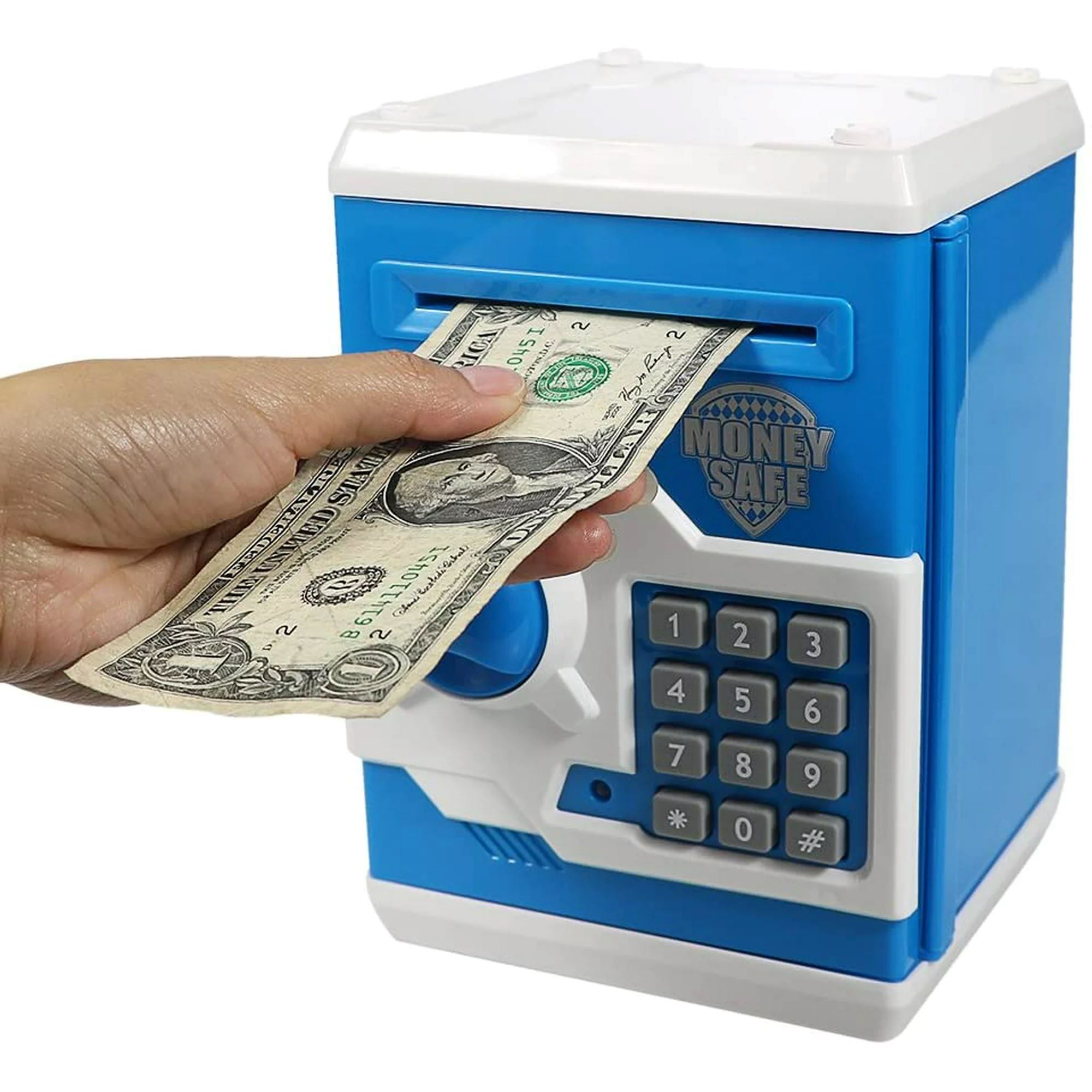
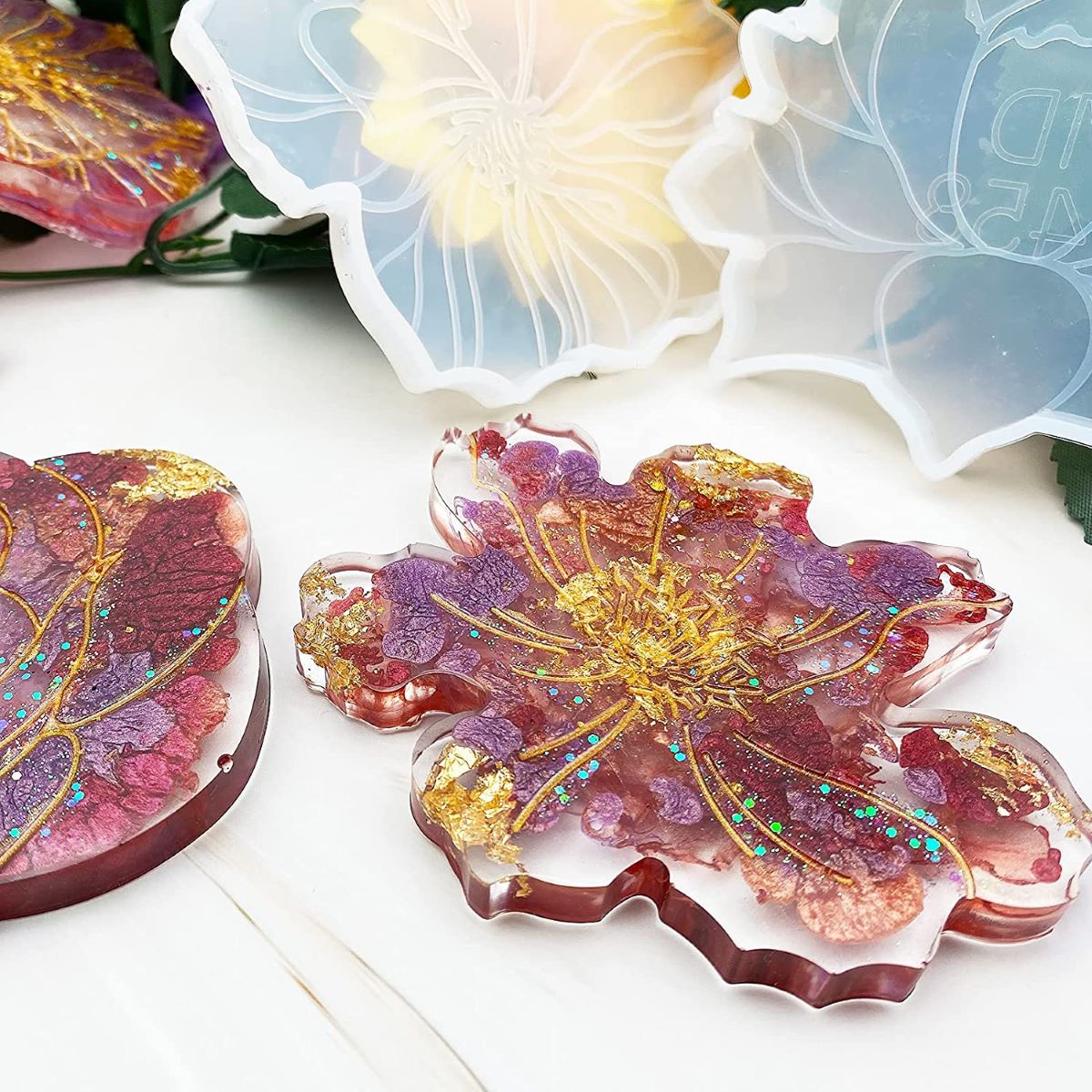
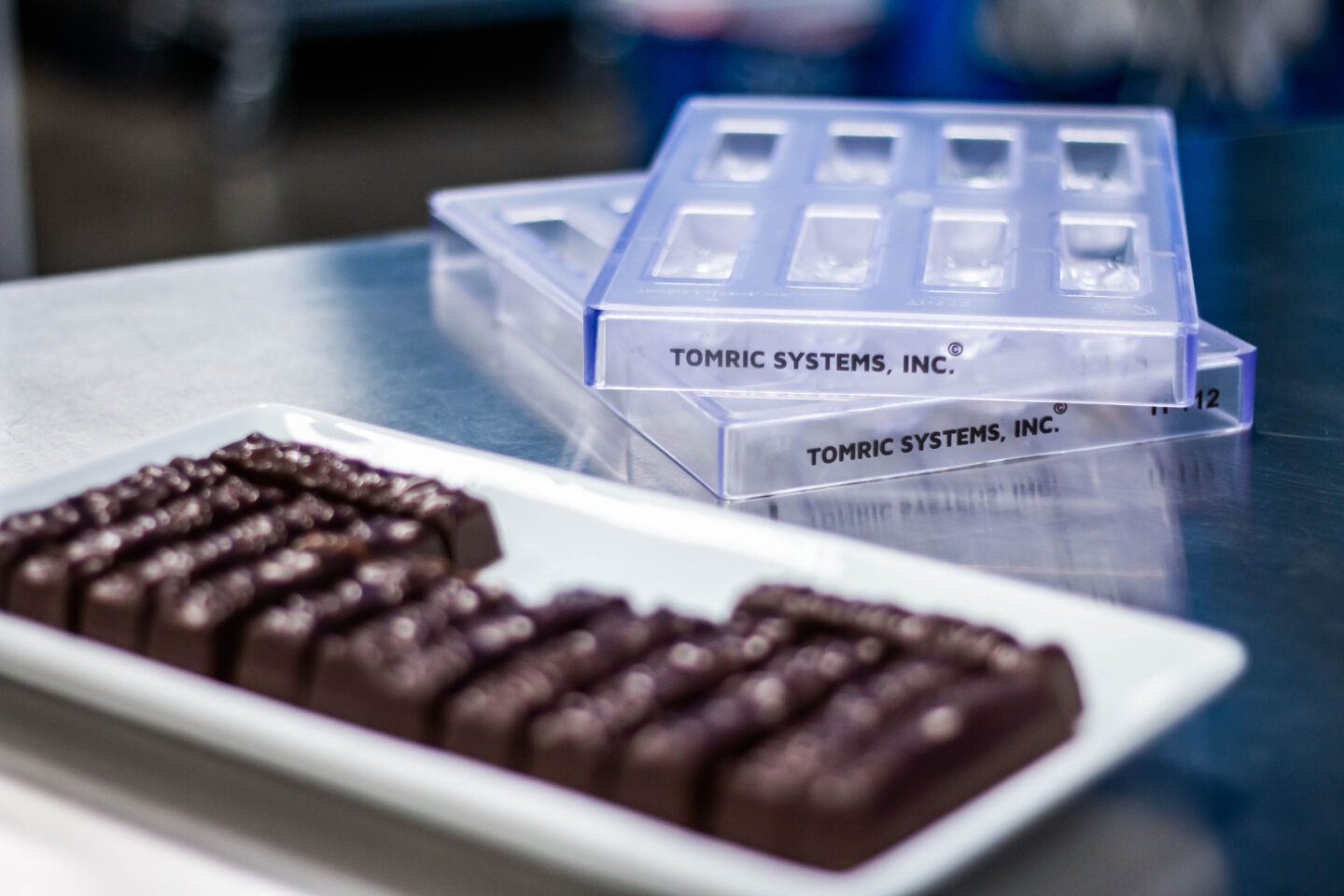
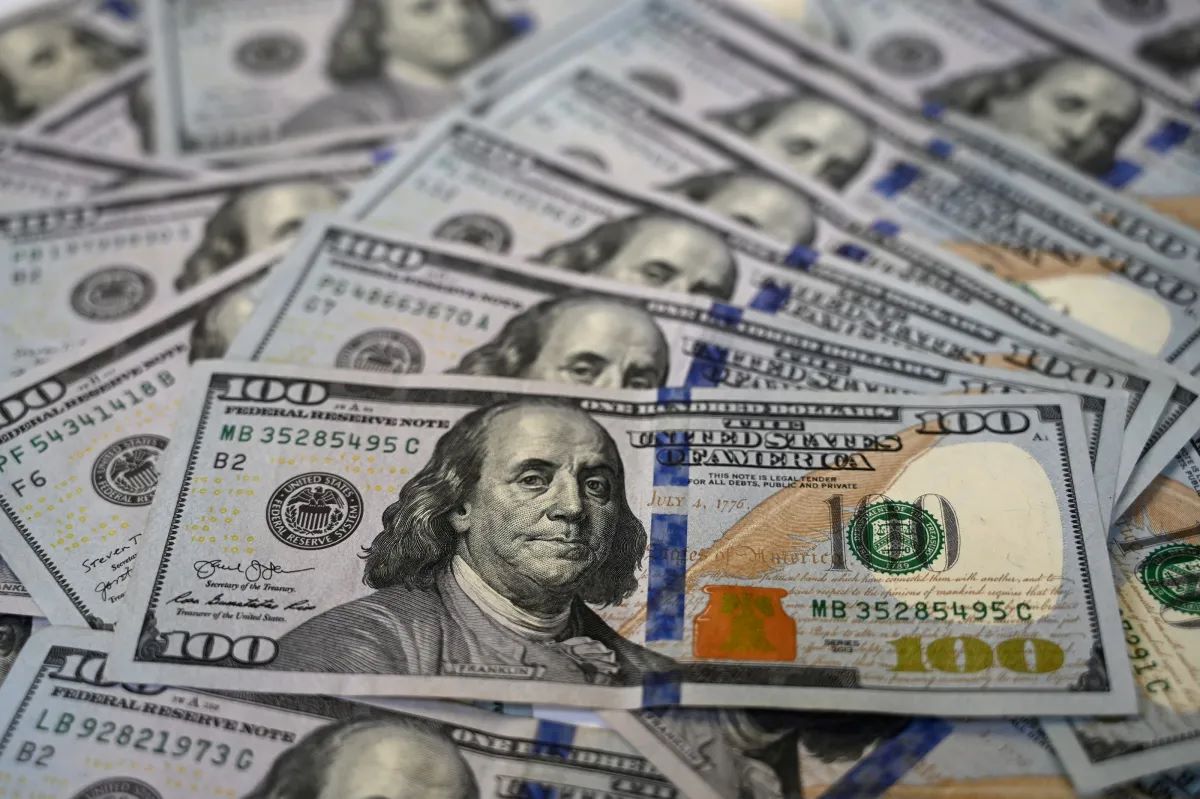
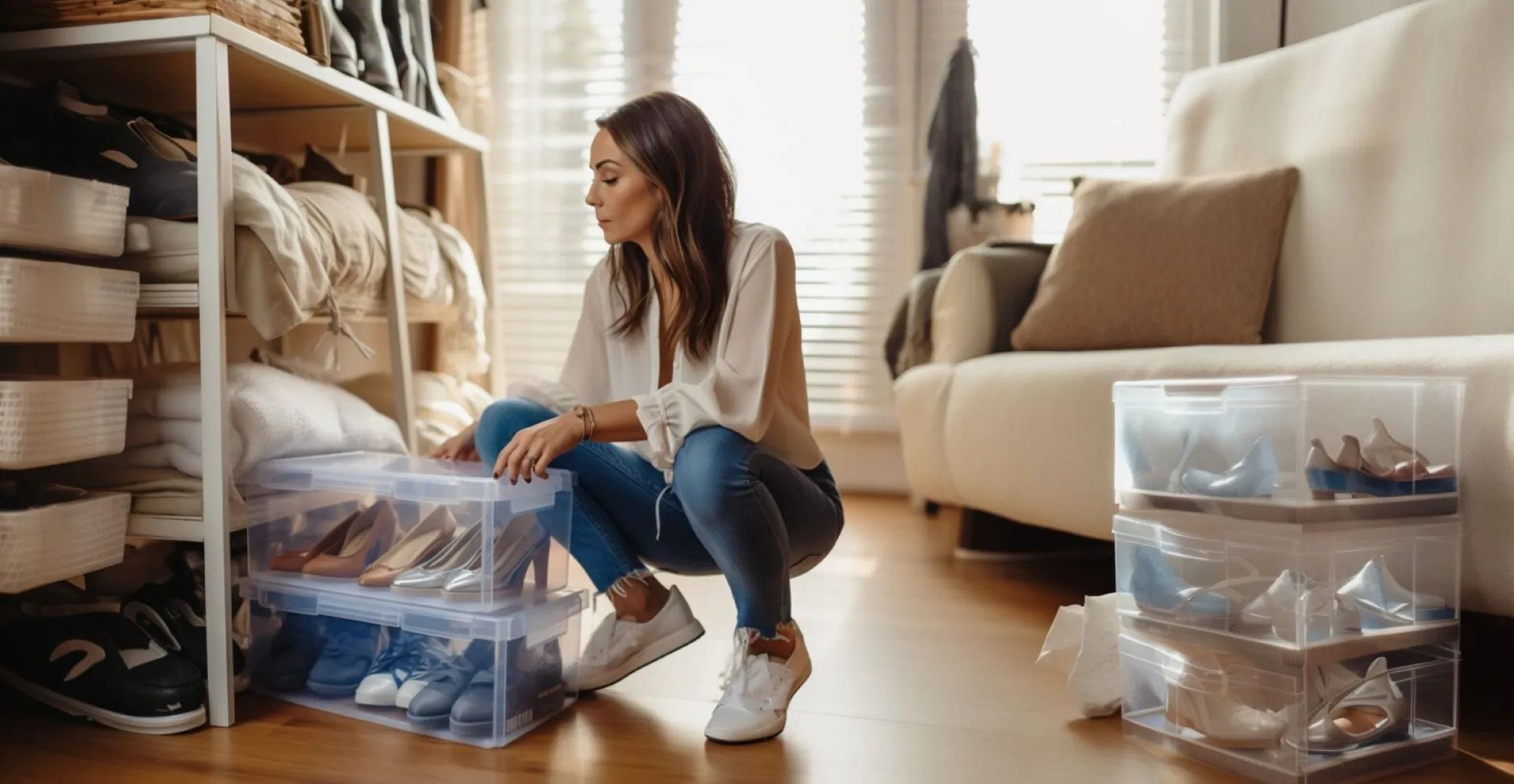
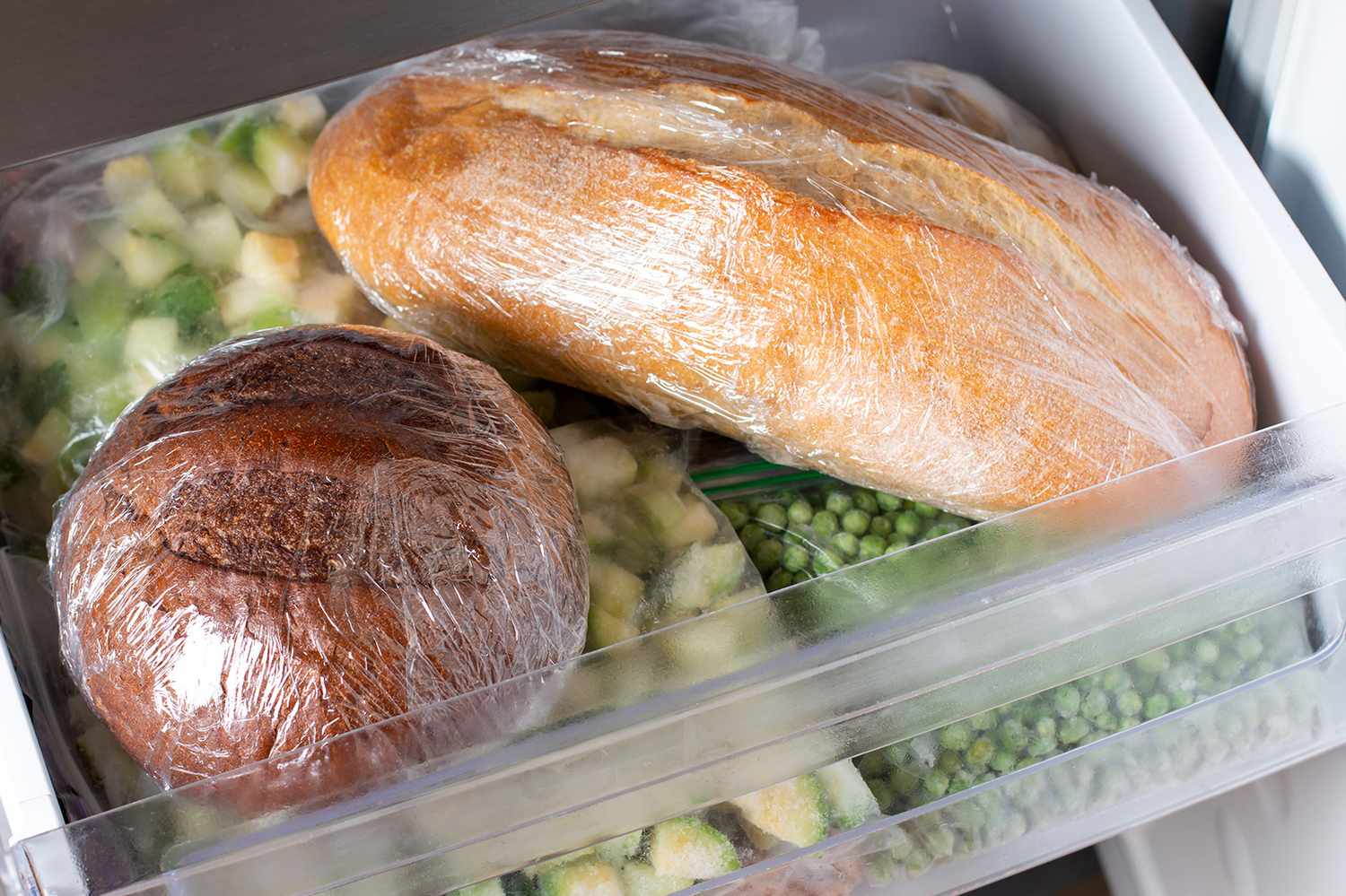
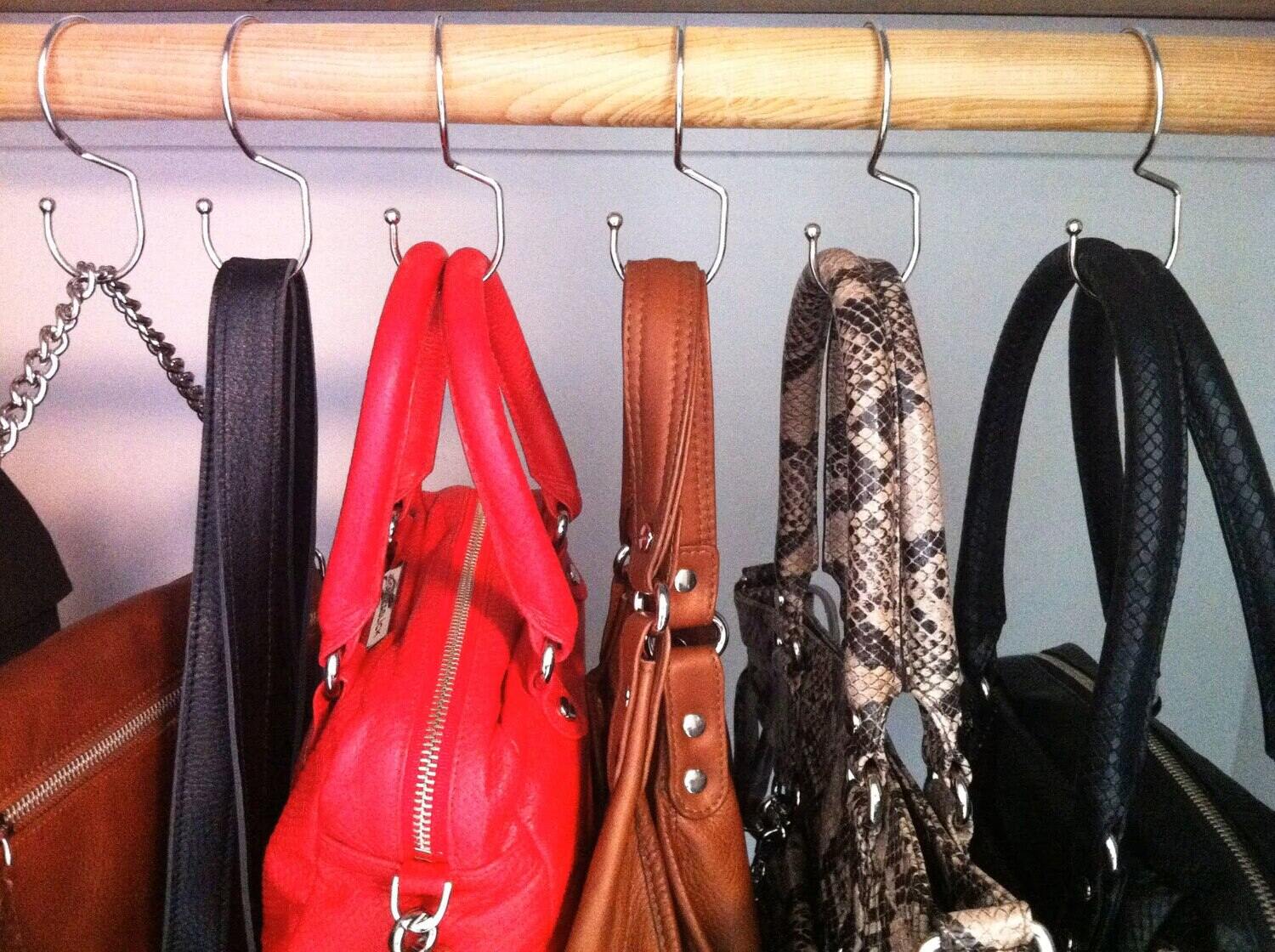
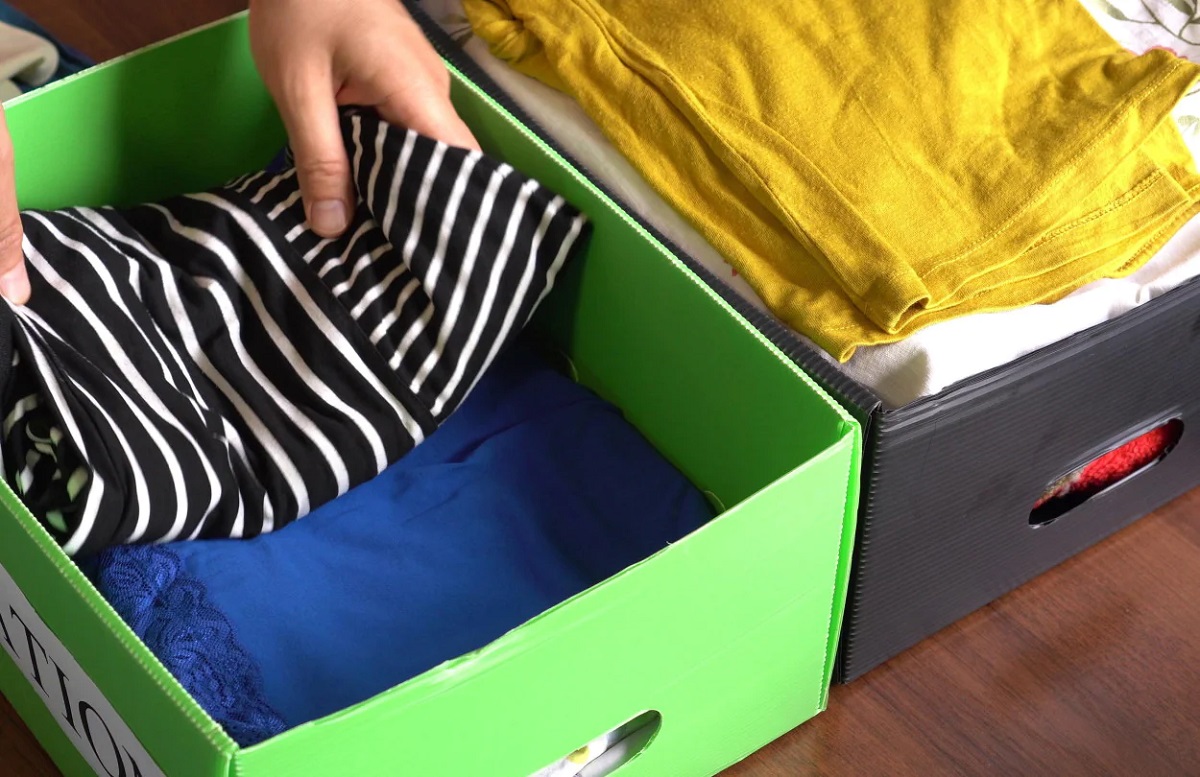
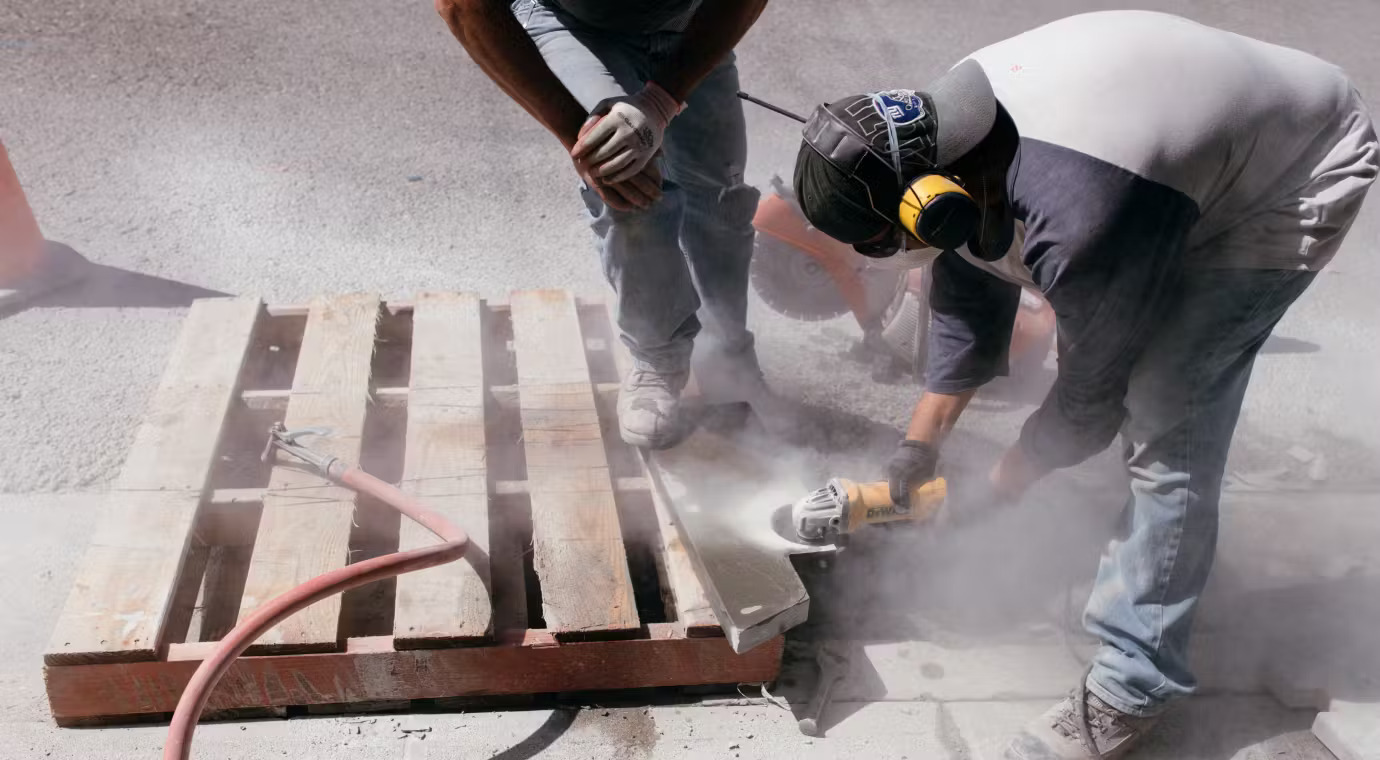
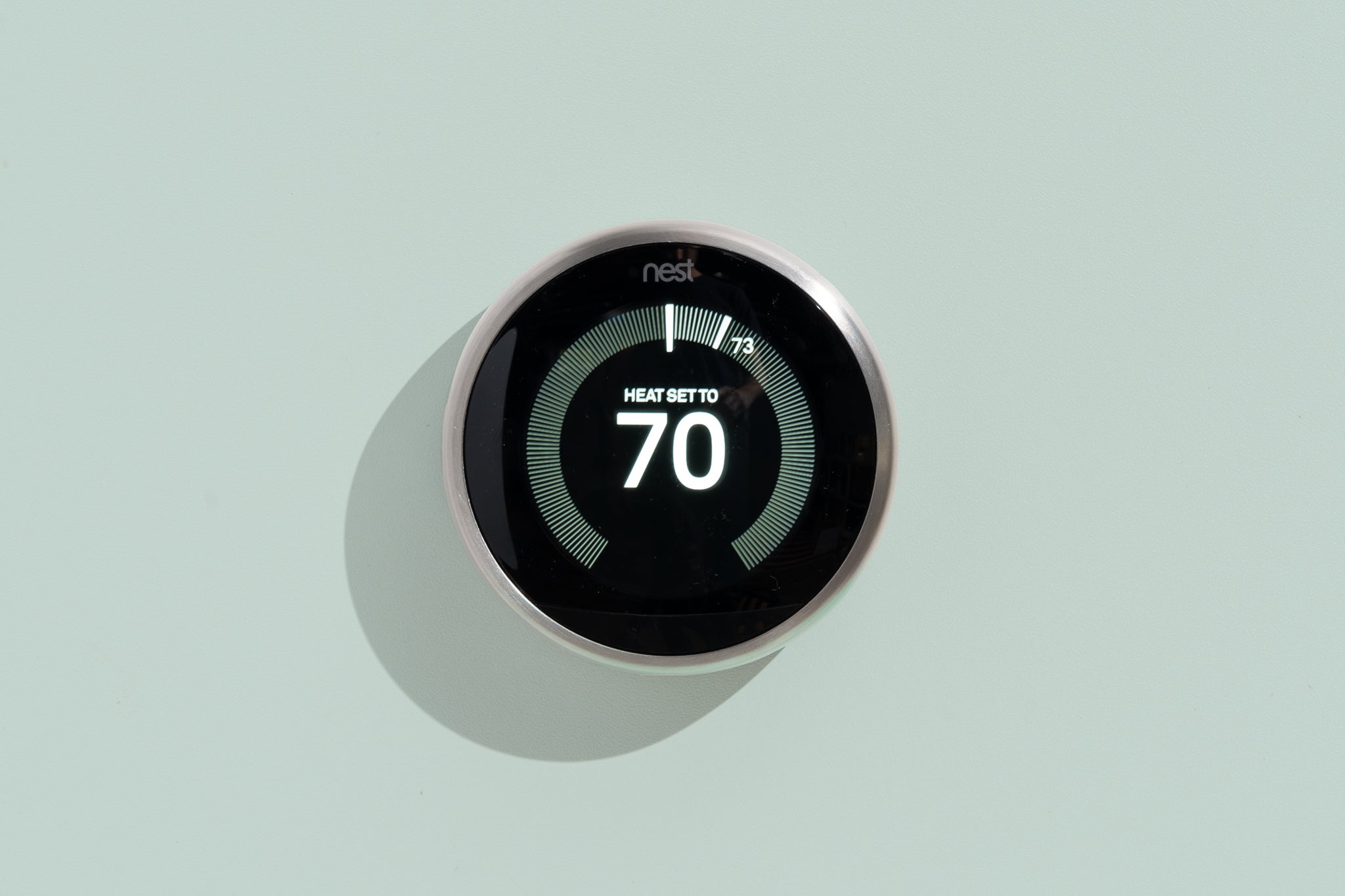


0 thoughts on “How To Store Money Without Mold”